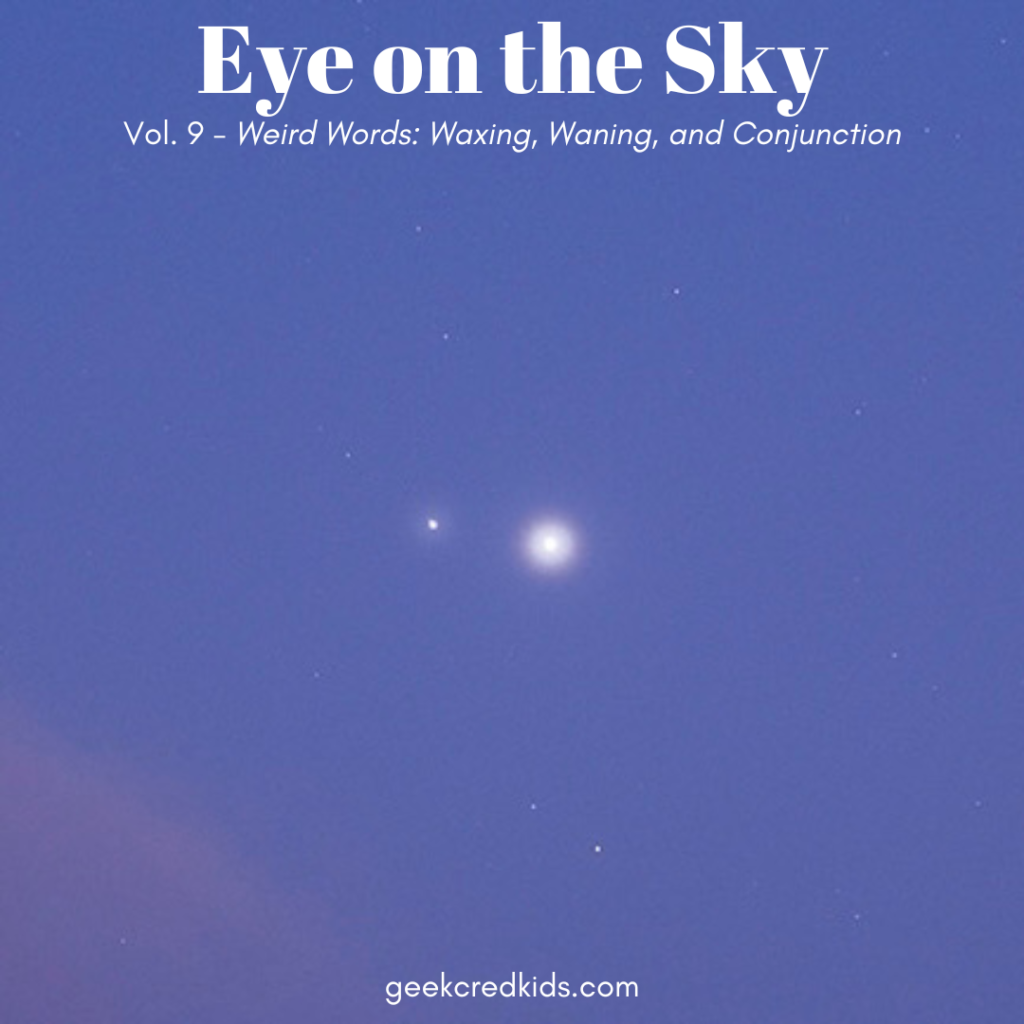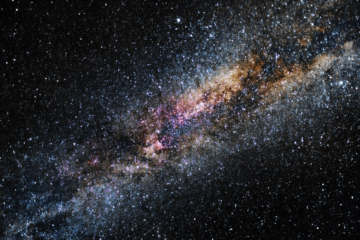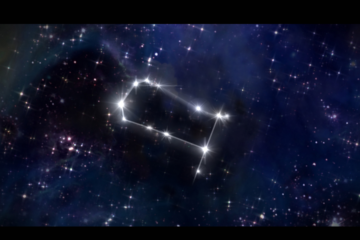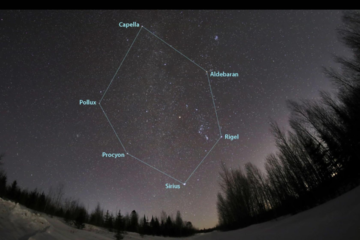Eye on the Sky Vol. 9 – October 21, 2023

Throughout the week, the moon will grace the night sky as a waxing crescent, gradually revealing more of its lunar landscape. This phase is ideal for astronomers and moon enthusiasts, as it offers a fantastic opportunity to observe the moon’s craters, mountains, and lunar seas. The term “waxing” comes from the Old English word “waxan,” which means “to grow” or “to increase.” In this context, it refers to the moon’s illuminated portion increasing in size as it progresses from a New Moon to a Full Moon. The opposite of “waxing” is “waning,” which describes the moon as its illuminated portion decreases in size from a Full Moon back to a New Moon. These terms have been used for centuries to describe the changing appearances of the moon in its cycle.
Our waxing crescent moon is not the only interesting thing happening in the night sky this week! On the evening of October 23, those with telescopes will be in for a celestial treat as they train their lenses on the southwestern sky. There, the gas giant Jupiter will be prominently visible, along with the four largest of its own 80+ moons: Io, Europa, Ganymede, and Callisto.
We have also been checking out Saturn quite a bit this month. If you’ve never seen it through a telescope, you’re missing out! Even from our front yard with lights all around, the rings are clearly visible. In slightly darker areas, we’ve seen as many as twenty of its 146 moons!
In the pre-dawn hours of October 27, early risers can witness a captivating conjunction of Venus and Mars in the eastern sky. (See photo.) In astronomy, a planetary “conjunction” means that two or more planets in our solar system appear to come close to each other in the night sky, creating a bright and visually striking celestial event. For this reason, Venus and Mars are often referred to as the “Morning Stars.” No moons will be seen with this event though – Mars is so bright, its two moons are almost impossible to see without a very powerful scope and Venus doesn’t even have any moons!
Don’t forget about the Orionids tonight! Check the last newsletter or the blog for the details.
With a mix of meteor showers, lunar observations, and planetary conjunctions, we’ll be grabbing our telescope just about every night this week! We’ll also be listening to the oldie, “Venus” by Frankie Avalon. 🌒



0 Comments